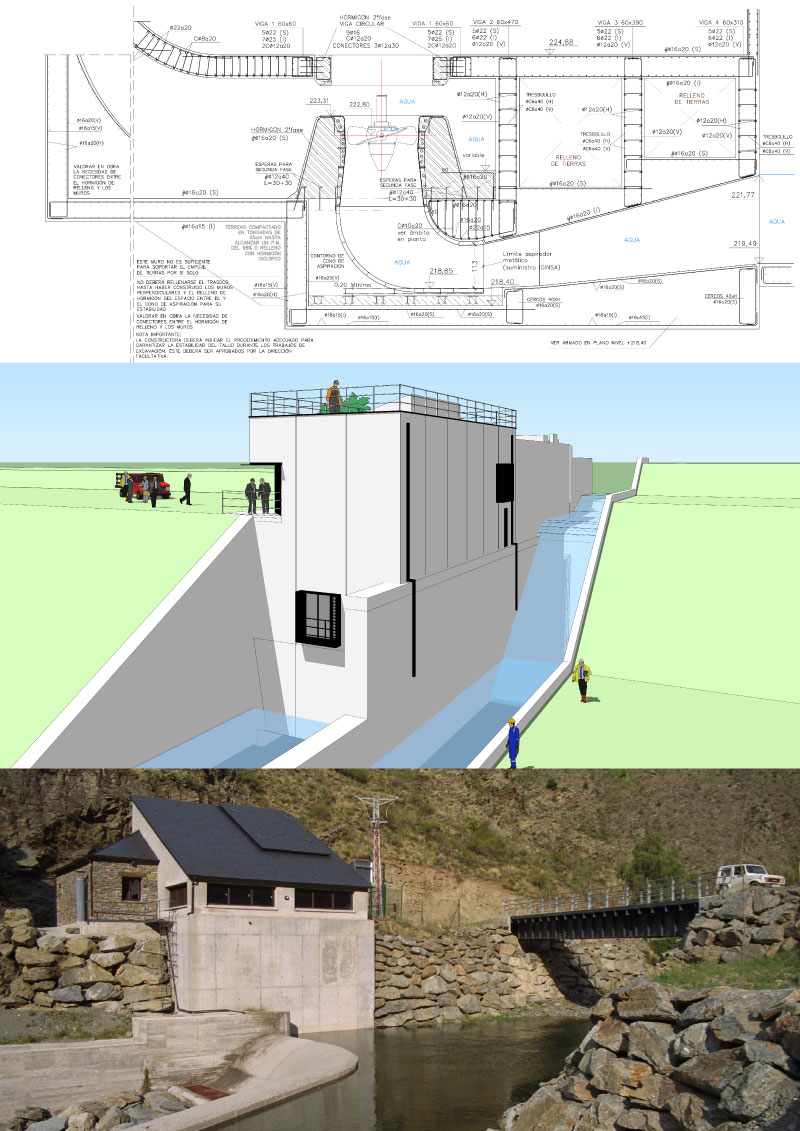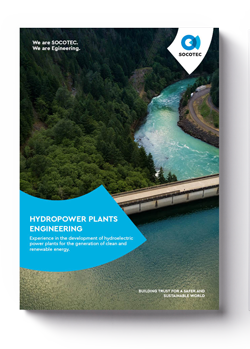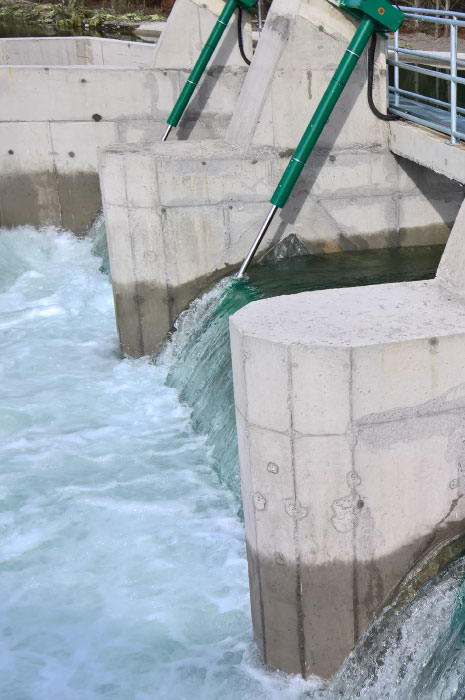Engineering and construction of hydropower plants: driving the renewable energy sector globally.
Rely on our experience in engineering and development of hydroelectric power plants for the generation of clean and renewable energy.
Our team of specialists has been instrumental in driving the hydropower and renewable energy sector over the past 25 years with extensive international experience. We have conducted feasibility studies that have culminated in installations of various production ranges.
The team is currently developing hydroelectric power plants in Europe, America and Africa as well as participating in the modernization and optimization of operating facilities.
Our extensive experience and technical knowledge allow us to tackle large-scale projects successfully. From small hydropower plants to complex large-scale installations, our team has the ability to design and develop tailor-made solutions that maximize the energy potential of each location and minimize environmental impacts.
Hydroelectric power plants, a source of clean and renewable energy.
The engineering and construction of hydroelectric power plants is an essential service for the production of clean and renewable energy. These plants are built on reservoirs or rivers where the energy of moving water can be harnessed to generate electricity.
Talk to our experts
Services for Hydroelectric Power Plants


Data from the International Energy Agency
Global hydropower capacity will increase by 17% by 2030
The potential energy of water is often overlooked in discussions on sustainable energies, despite its minimal environmental impact. However, it plays a crucial role in supporting other renewable energy sources in the market. In 2021, the International Energy Agency emphasized the significant contribution of hydropower plants in expediting the energy transition. Although the growth rate is projected to slow by approximately 25% compared to the previous decade, global hydropower capacity is still expected to increase by 17% by 2030. To achieve our ambitious goal of achieving net-zero emissions and ensuring secure and affordable energy supplies for all, experts emphasize the need to address the remaining barriers to faster deployment. By doing so, we can leverage the potential of hydropower while mitigating any potential risks.
The potential energy of water is often overlooked in discussions on sustainable energies, despite its minimal environmental impact. However, it plays a crucial role in supporting other renewable energy sources in the market. In 2021, the International Energy Agency emphasized the significant contribution of hydropower plants in expediting the energy transition. Although the growth rate is projected to slow by approximately 25% compared to the previous decade, global hydropower capacity is still expected to increase by 17% by 2030. To achieve our ambitious goal of achieving net-zero emissions and ensuring secure and affordable energy supplies for all, experts emphasize the need to address the remaining barriers to faster deployment. By doing so, we can leverage the potential of hydropower while mitigating any potential risks.

Download the catalog with all hydroelectric power plant engineering success stories.

Download the catalog with all hydroelectric power plant engineering success stories.











